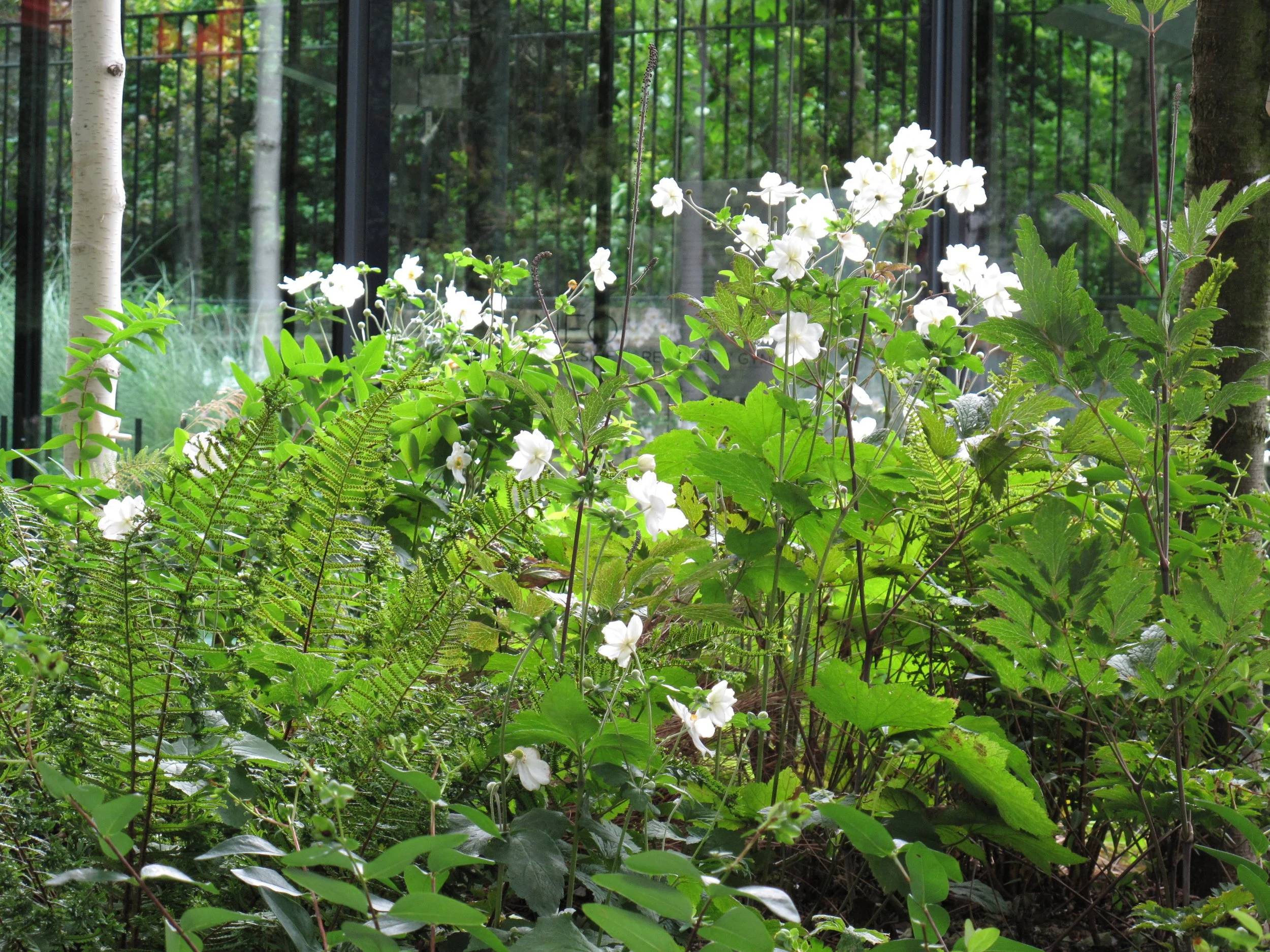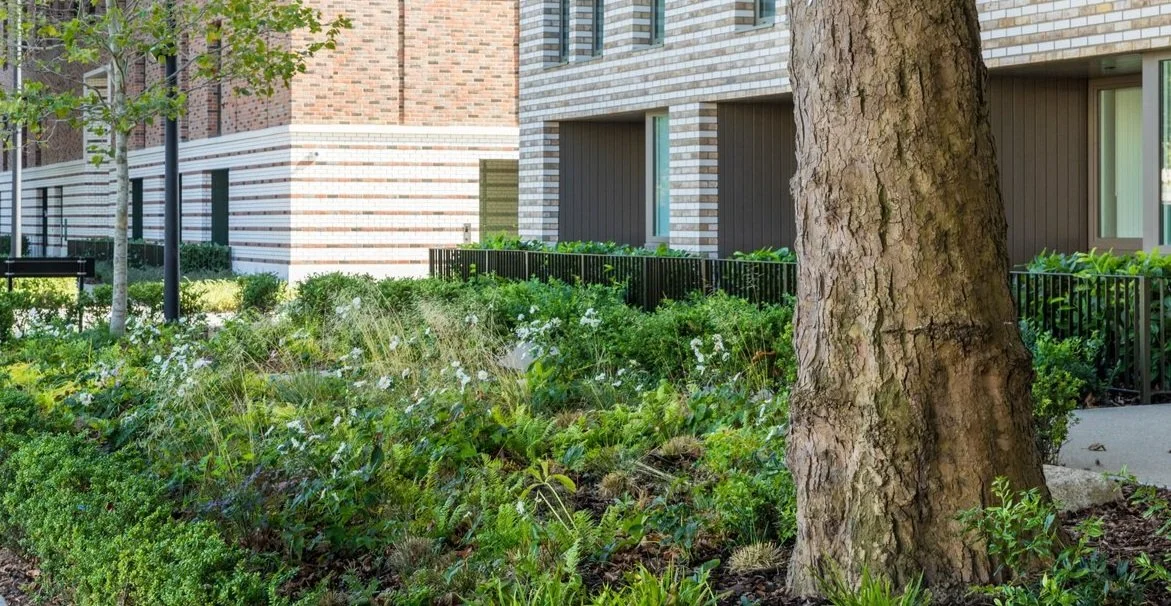Planting Design Principles
Based upon the Healthy Streets Evaluation Framework indicators, the planting design should aim to reveal and emphasise the existing sense of place while also accommodating the following design principles:
1. Streets plentiful in trees
The streetscapes of Ebbsfleet Garden City should bring the garden into the city through the plentiful planting of street trees and spectacular garden verges.
2. Enhance local biodiversity
The planting design should aim to enhance the local biodiversity and the overall ecological health of Ebbsfleet Garden City in line with the evaluation framework.
3. Respond to the environmental context
All planting should be designed to suit site conditions, to ensure its long term success. Critical aspects to account for include: soil quality & permeability, local microclimate conditions, and sustainable maintenance requirements.
4. Dynamic year round qualities
The planting design should provide changing year round qualities and the attractive dynamic of changing features such as blossom, fruit, berries, autumn leaf colour, distinctive twig colour, or exfoliating bark. The planting design should provide changing year round qualities and the attractive dynamic of changing features such as blossom, fruit, berries, autumn leaf colour, distinctive twig colour, or exfoliating bark.
5. Integrate edible plants
Kent’s role as the Garden of England should be actively promoted through the integration of growing spaces in the parks (e.g. orchard trees, hops trellis). Collectively, the public realm should form a series of productive landscapes that provides food for local residents and links to Ebbsfleet’s agricultural legacy.
6. Naturalistic planting style
The planting design should promote a naturalistic planting aesthetic inspired by the existing landscape character areas and pictorial planting approach. This planting style fits with the ambition to sustainably manage surface water runoff and enhance the local biodiversity.
7. Accommodate water fluctuation
The planting design should accommodate and facilitate water fluctuation within the public realm through the specification of ‘rain garden’ plant species.







